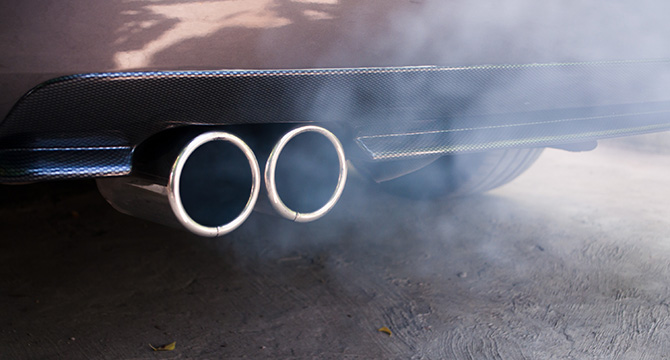State Implementation Update for Revisions to Hazardous Waste Generator Rule

By Guest Author:
Michael Blankestyn of TRC Environmental Corporation
The U.S. Environmental Protection Agency (EPA) published revisions to hazardous waste generator regulations on November 28, 2016. These revisions went into effect at a federal level and for non-delegated states on May 30, 2017. Authorized states are required to adopt the more stringent provisions by July 1, 2018. The revisions may apply to any facility that generates hazardous waste.
EPA intended the rule revisions to provide greater flexibility in managing hazardous waste in a cost-effective manner, and to provide technical corrections, remove obsolete references, improve readability, and clarify a number of ambiguities. These changes made some regulatory requirements, including hazardous waste determinations, labeling requirements, closure requirements, and contingency planning more stringent; other requirements including waste consolidation at Conditionally Exempt Small Quantity Generators (CESQG), episodic waste generation, and the waiver from the 50-foot rule have been relaxed.
Click here for a chart that includes the recent status of each state’s implementation of the hazardous waste generator rule revisions (Note that this chart is general in nature and specific state guidance should be sought).
What are the main revisions to the rules?
Highlights of the revised hazardous waste generator revisions include:
More stringent (all states must adopt these rules):
- Documenting hazardous waste determinations
- Confirm that your hazardous waste determinations are documented and retained
- Labeling, including identifying hazards of wastes
- Revise labeling SOPs and make sure labels are able to accommodate multiple EPA codes
- Quick Reference Guide for Contingency Plans
- Update Contingency Plans and local organization arrangements as necessary – prepare a quick reference guide
- Small Quantity Generators (SQG)/Large Quantity Generators (LQG) re-notification
- LQGs – re-notify every even-numbered year by March 1st
- SQGs – re-notify every 4 years starting in 2021
- Biennial reporting for the whole year (not just the months the generator was an LQG)
- Notification and standards for LQG closures of facility
- If a hazardous waste management unit is closed, the facility needs to ensure that the closure is completed, documented, and meets the new requirements
Less Stringent (states have the ability to adopt, see attached for current status):
- CESQG / Very Small Quantity Generator consolidation
- Episodic generation
- Waiver from 50-foot rule
Additional information regarding the Hazardous Waste Generator Rule revisions can be found here. The Federal Register Publication of the final rule is available here.